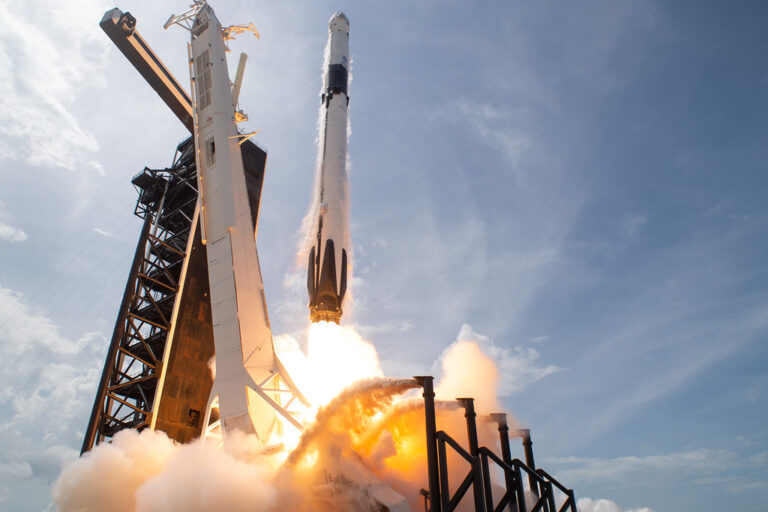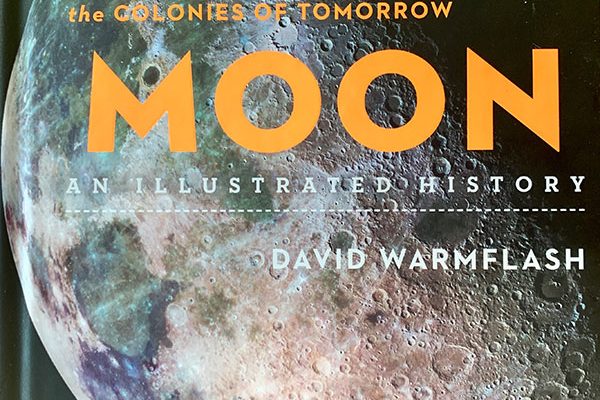An Astronaut’s Journey
Painting Completed 2003, 14″x 21″, Textured Acrylic with Moondust on Aircraft Plywood
Apollo 17 Lunar Module Pilot Harrison ‘Jack” Schmitt is off in search of another important rock.
Jack was a talented geologist who was sent for flight training with the Air Force after being selected as an astronaut. Rather than the other way around as it was for most of us. Since getting to the Moon and back would be the biggest challenge, seasoned military test pilots were the first choice as Apollo crew members. This approach was working well since the procedures and the techniques honed flying high-performance airplanes were the fundamental building blocks of the skills needed for controlling and operating a spaceship.
Once on the Moon, it was a different matter. Moonwalkers needed to select and collect rocks and dirt samples, deploy experiments, and make technical observations about the strange world around us. So NASA gave us pilot types extensive training as geologists. We invested much time and effort: classroom lectures, laboratory study, and field trips to the sites on earth that our instructor thought would most nearly represent what we might find on the Moon. By the time we walked on the Moon, we were all pretty good geologists, but not as good as Jack. Because of this, a very vocal segment of the scientific community kept shouting that we needed to send a bona fide geologist/pilot, not a pilot/geologist like all of us who had flown before.
Jack flew a great mission. His in-flight performance as a geologist/pilot was equal to that of any pilot/geologist perhaps because the commander did all the flying. In turn, I believe his contribution on the moon as a geologist/pilot was no greater than any pilot/geologist, perhaps because the time constraints made collecting samples much more important than making specific, detailed scientific observations. There seems to be at least two career trajectories that will create a competent lunar module pilot.







